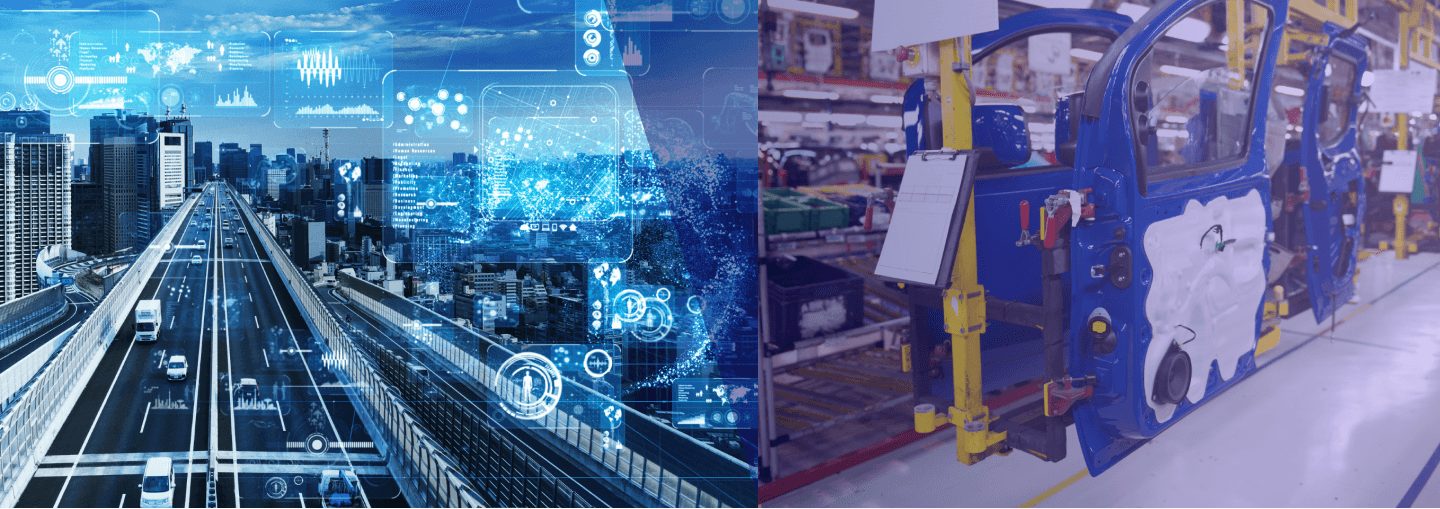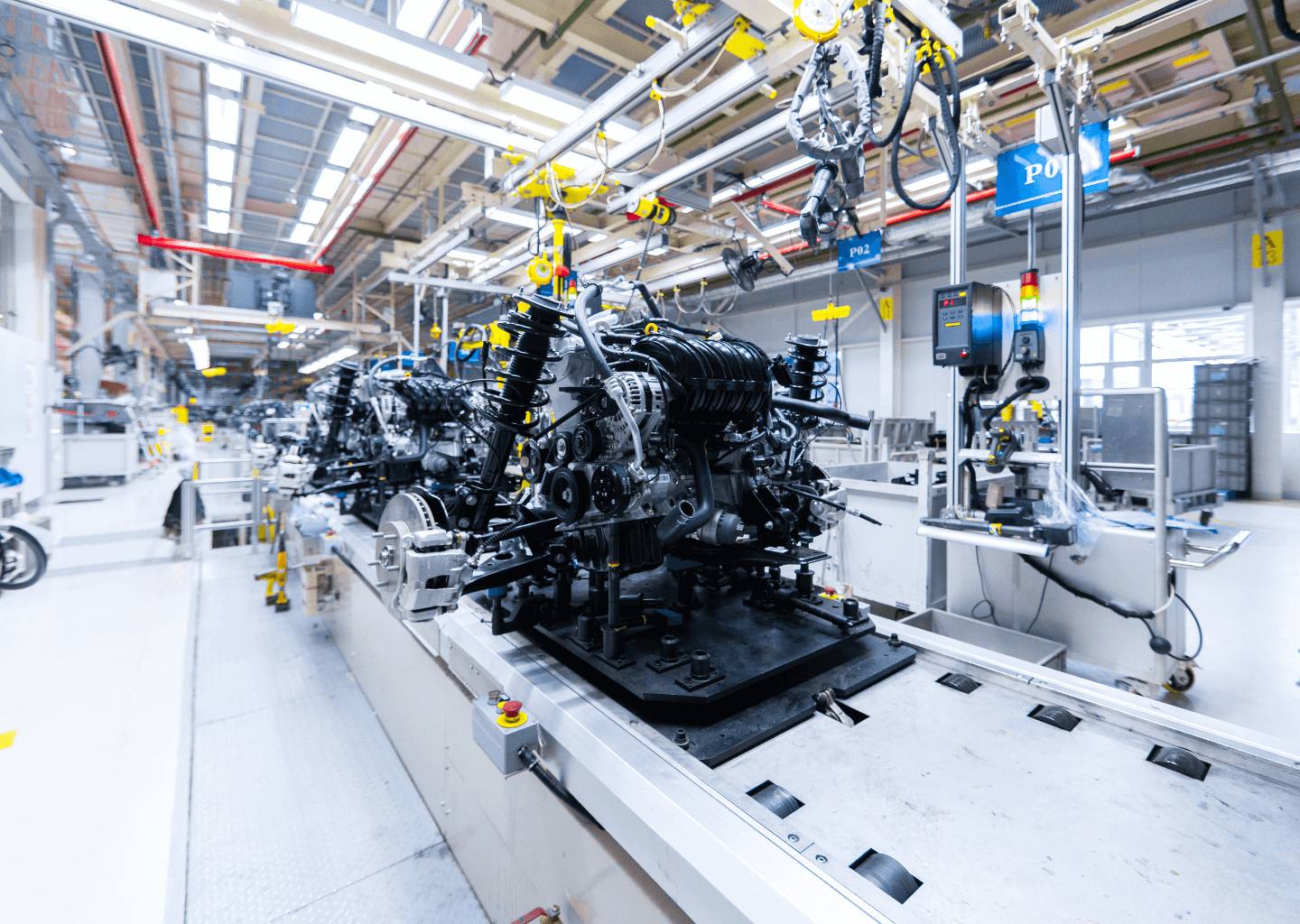
Automotive
Find out how we are helping automotive companies drive forward the mobility ecosystem.
The automotive integration process for the automotive business also includes large-scale employee initiatives. This job requires a lot of care of the tasks, therefore, there is a need for strong management. Through these lines, organizations operating in this area reap the greatest benefits through the CRM tool.
The CRM or Customer Relationship Management framework not only works on the process of industry-specific workflows, but in addition makes the provision of communication and collaboration between customers, manufacturers, and vendors more effective.
There are many skills, highlights, and interest points related to the CRM program of organizations working in the automotive business. They can use these to create a Customer Relationship Management (CRM) program, and by looking at the helpful points associated with CRM, it is important for organizations to critically evaluate the various ways to create a CRM system that meets their needs.


The traditional model of automotive ownership and usage is changing rapidly. With the advent of ride-sharing services, car-sharing platforms, and subscription models, consumers are looking for more flexible and cost-effective ways to access vehicles. Additionally, electric and autonomous vehicles are challenging the traditional concept of a car.
The automotive industry must get beyond the wheel and start thinking about mobility as a service to meet these changing demands. This means providing customers with a range of vehicle access options, from traditional ownership to on-demand services. It also means developing new business models that consider the changing mobility landscape.


The automotive industry has always been a highly competitive space, with tight margins and a constant need to innovate. In the current environment, however, these challenges have been compounded by various factors, including the rise of electric and autonomous vehicles, changing consumer preferences, and new entrants into the market.
To stay competitive and increase margins, automotive companies must focus on optimizing their operations and embracing new technologies. This means investing in advanced manufacturing processes like 3D printing and robotics to reduce costs and increase efficiency. It also means leveraging data analytics and artificial intelligence to understand customer needs and preferences better and develop more targeted marketing and sales strategies. Another critical strategy for increasing margins is to focus on developing high-margin products and services.